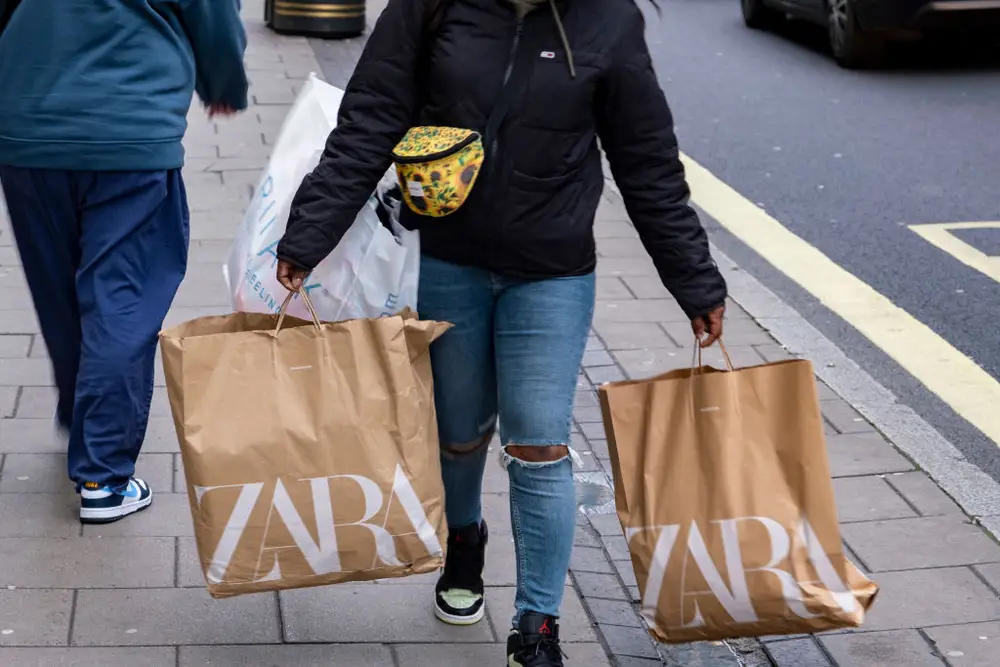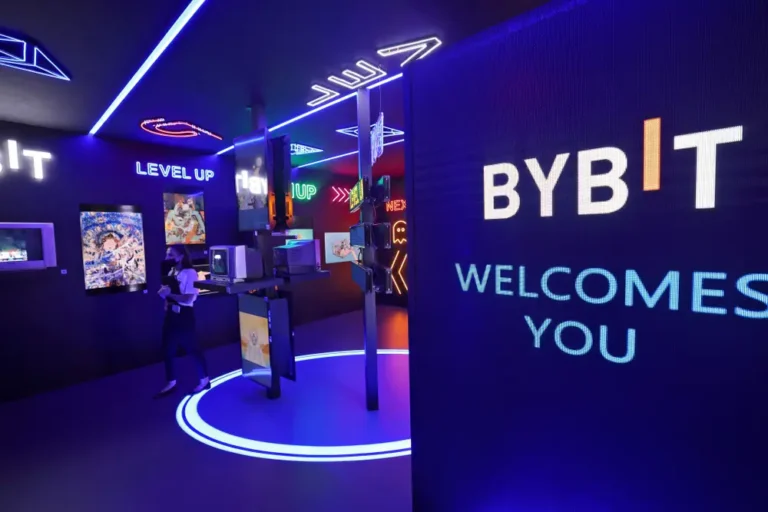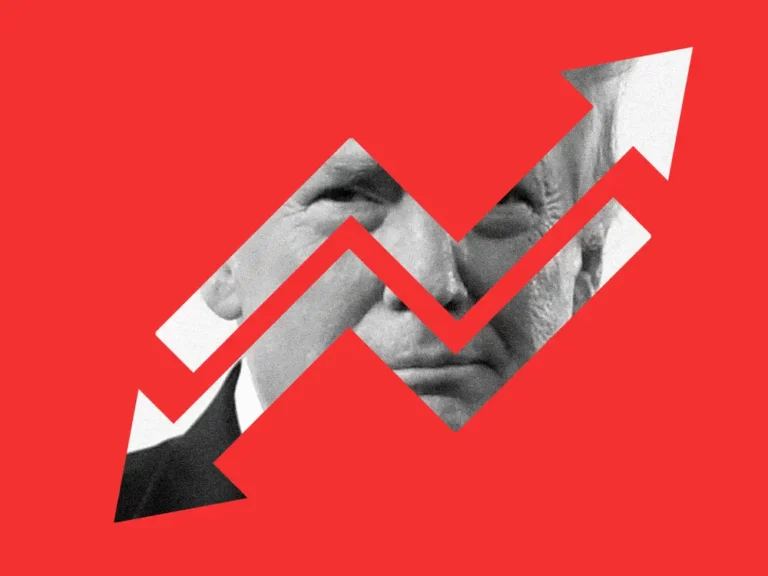These mid-tier brands are winning in fashion while luxury struggles

Zara is thriving amid the luxury downturn as shoppers affected by inflation search for cheaper options.
Tanking share prices, excess stock flooding outlets, a slowdown in once-reliable China: 2024 has been a tough year for luxury brands. Gucci has become a fixture of discount racks, while Burberry’s stock is at its lowest point in years.
But where there are losers, there are also winners, and when consumers don’t go high, they go low — or at least lower.
“Overall, especially at the aspirational level, some customers just can’t afford to spend the way they have been the last few years due to the inflationary pressures on housing and groceries,” Claire Tassin, a retail and e-commerce analyst at Morning Consult, told B-17.
Aspirational consumers who used their extra pandemic cash to splurge four figures on handbags or branded jewelry are now being squeezed by prices spiraling upward. It’s those middle-income shoppers whose consumer confidence has suffered the most and who are turning to more practical, cost-effective options, Tassin said.
To find relief from high luxury prices, those consumers are turning to midlevel brands like clothing store Zara and jewelry brand Pandora, which are thriving.
“Brands that offer accessible luxury or affordable fashion are seeing success as consumers adjust their spending habits,” Federica Levato, senior partner at Bain & Company, told B17 over email. “The ability to offer desirable products at various price points allows these brands to capture a broader audience, particularly in times of economic uncertainty.”
The stock of Zara’s Spanish parent company, Inditex, and Danish Pandora are both up 26% this year. Quarterly revenues were up 11% and 15% year-over-year, respectively. Meanwhile, the Paris-listed stocks of Gucci-owner Kering and Louis Vuitton-owner LVMH are down TK and TK, respectively.

“For many years there has been a trend that the low end is growing, the very high end is growing, and the middle is shrinking and hollowing out,” Jelena Sokolova, a senior equity analyst at Morningstar, told B-17. “We have actually reached an inflection where people need some kind of brand that caters to people who are not exactly dumpster diving but also cannot afford luxury anymore.”
It’s not the first time more midlevel players have benefited from a luxury downturn. Following the 2008 recession, brands like Michael Kors and Coach found themselves thriving.
Both Zara and Pandora have taken advantage of the larger luxury slowdown to take market share from competitors, and both have room to continue to grow. But it’s not just that the brands have lower price points — for years, they have been strategically setting themselves up to take over market share and maximize profits.
Zara has established itself as a fashion-forward midlevel company. Thanks to its nimble supply chain, it quickly churns out stylish clothes based on runway looks. It produces its products — often versions of runway trends — in places like Morocco, Portugal, and Turkey, which are close to or in Europe, its largest market, and is the exclusive customer of most of its factories.
“Call it a value play, call it a dupe, but you are finding a similar style that is not as expensive,” Tassin said. “You are still being able to scratch that itch of consumption and getting a stylish item that is speaking to the same trend or expressing a similar aesthetic.”
Its price points, which are lower than luxury but not so low that they alienate consumers into thinking they are poorly made (think Shein and Primark) have set it apart. There’s a $349 leather jacket available amid the $70 blazers and a pair of $229 boots made of 100% cow fur.
“It has become very crowded on this very, very low end. Zara is pivoting to the higher end position, into having more designed items and playing on this fashion edge,” Sokolova said. “It is acceptable for people to buy accessories with luxury brands and then buy apparel at Zara.”
Pandora, known for its strong and steady charm bracelet business, has expanded beyond that niche to target a wide range of consumers looking for a lower-cost option. It bills itself as the “only global brand in the accessible luxury jewelry market.”
It’s moved into lab-grown diamonds — recently seen on Pamela Anderson at the Met Gala — and pearls, as well as silver, where it can grab market share from the likes of Tiffany and Co., which has leaned away from the highly profitable metal.
“With these other product ranges apart from charms, they think they are benefiting from the downtrading of consumers,” Sokolova said.
To be sure, those who would typically purchase a Cartier engagement ring likely aren’t shopping for one at Pandora. But for smaller gifts, the brand has successfully expanded its customer base thanks to its scale — it’s three times as large as its main competitor, Swarovski, Sokolova estimated.
Of course, what goes down likely comes back up. The trick for both Zara and Pandora will be maintaining their appeal when aspirational consumers can once again spend on luxury. As it is, US inflation is moderating — but certainly not quickly.
“The question mark is really whether the consumers will stick,” Sokolova said, “or whether their financial situation improves and they will move on.”






